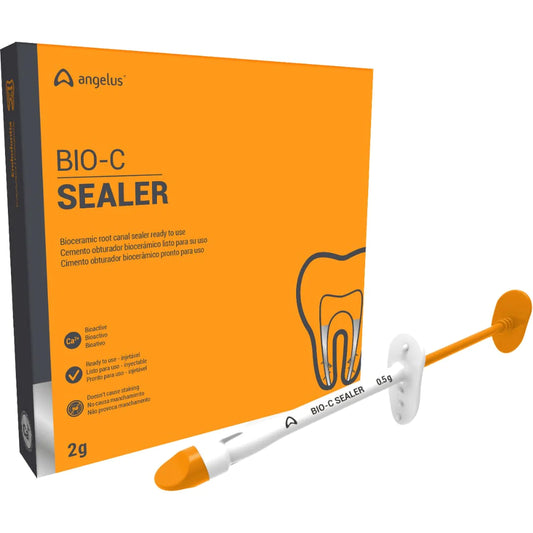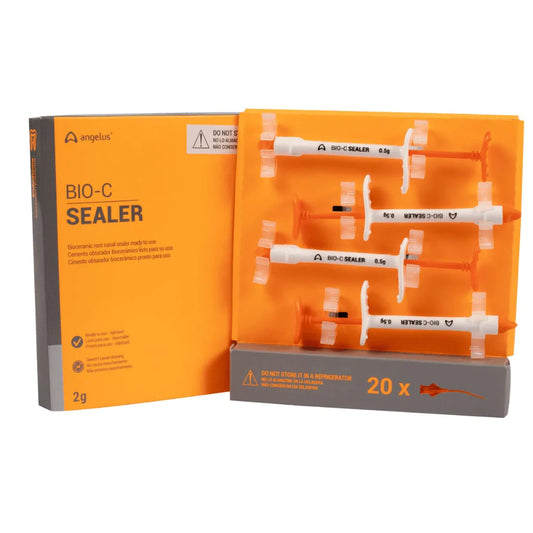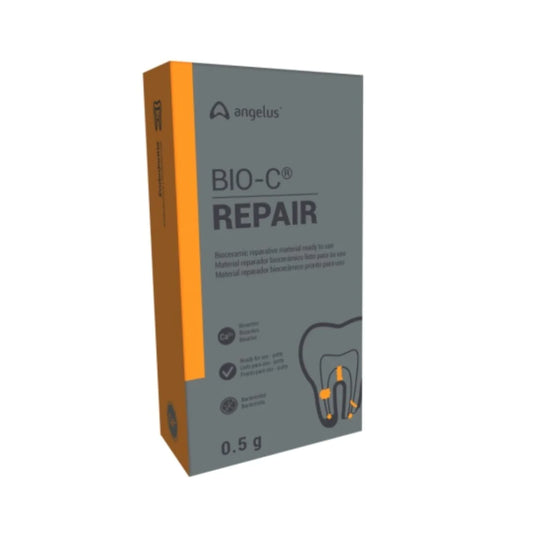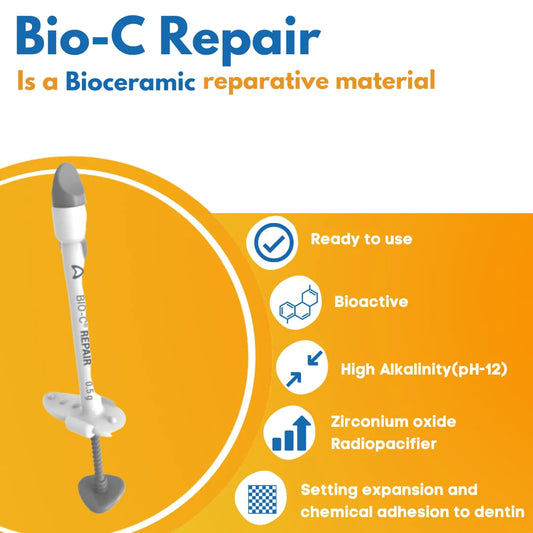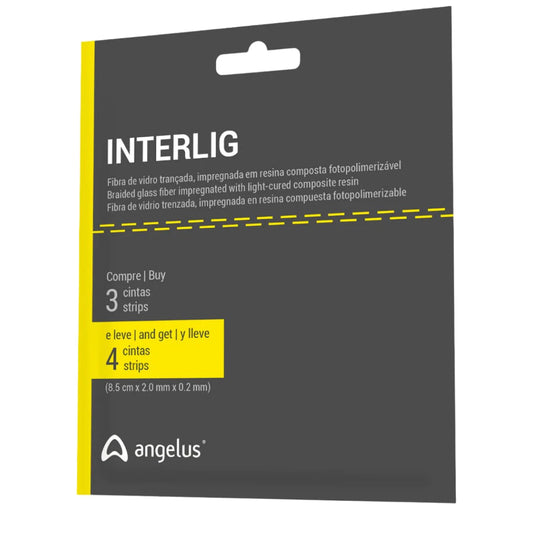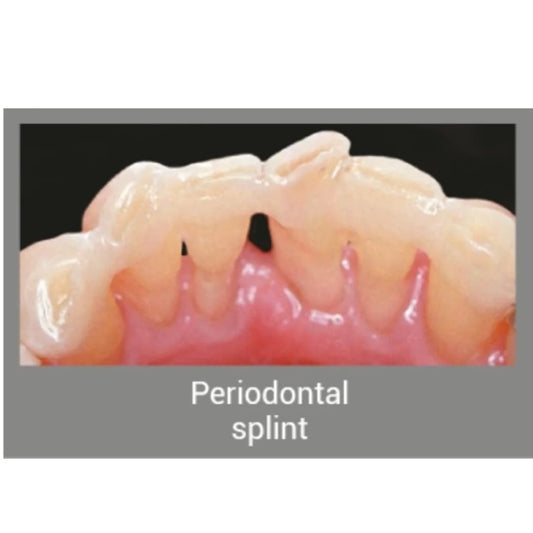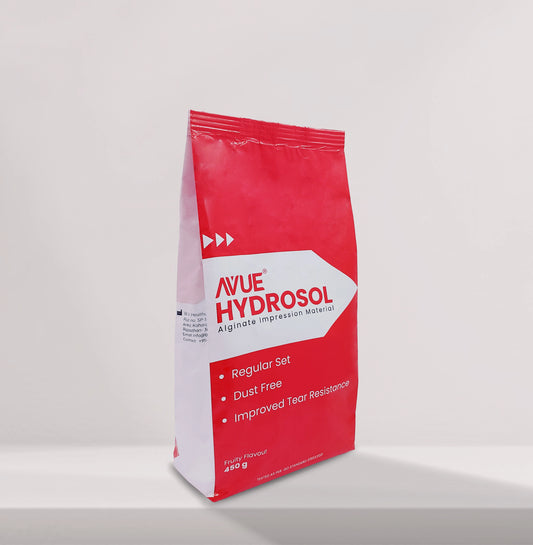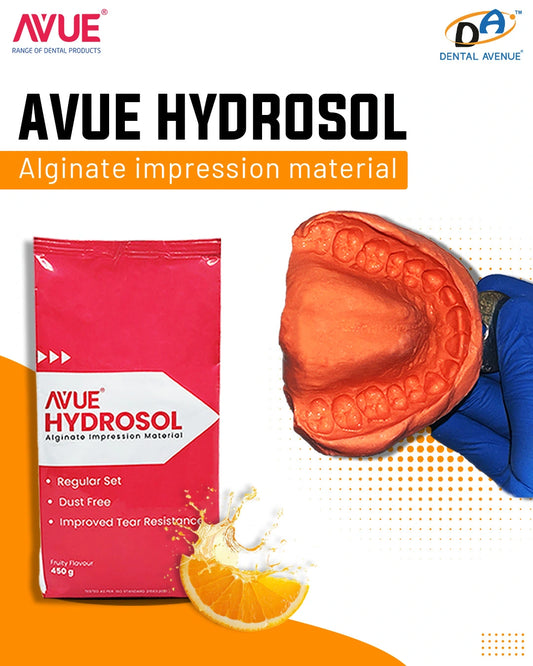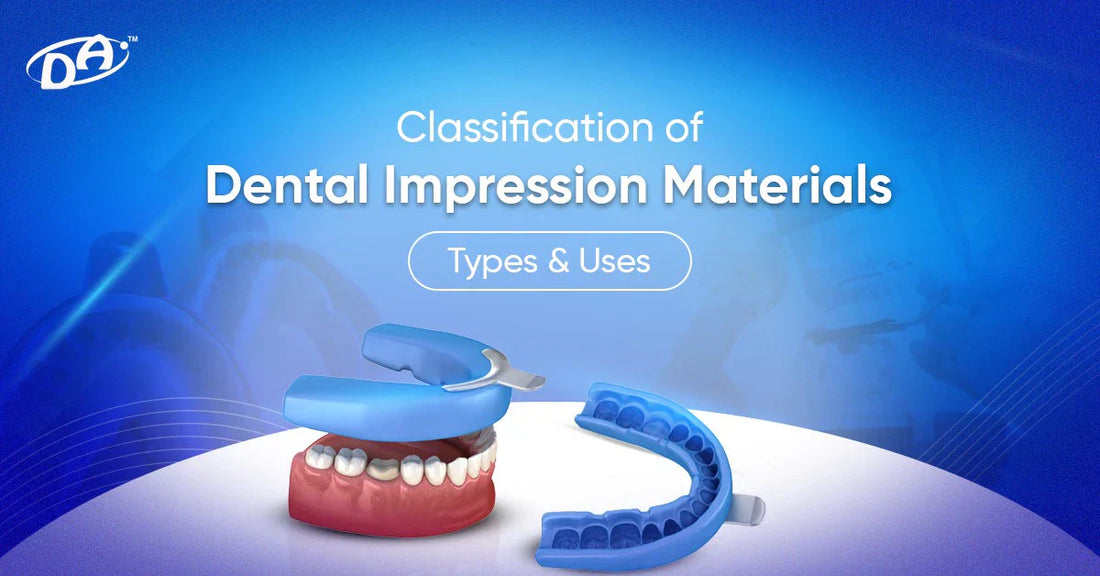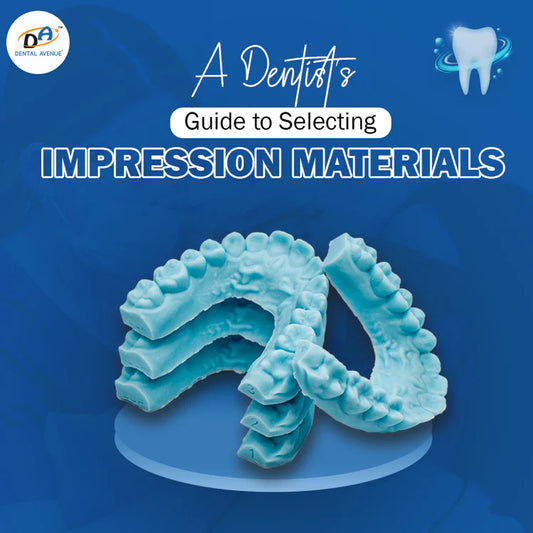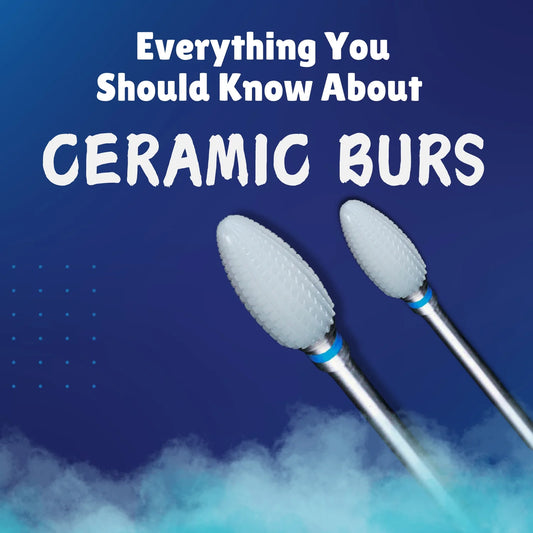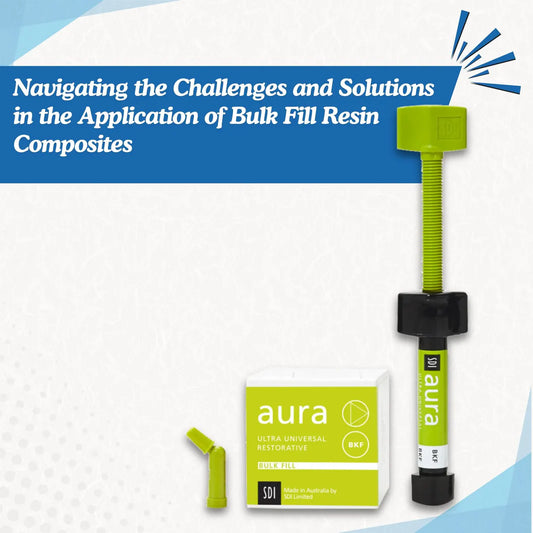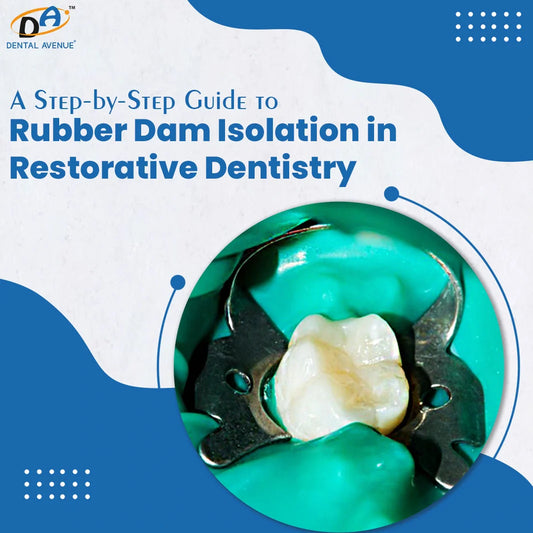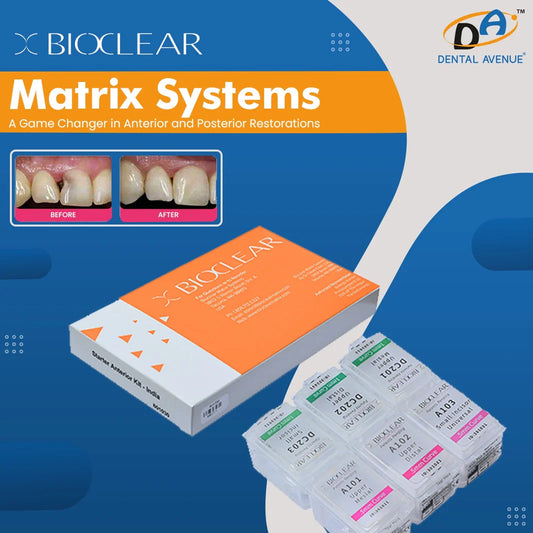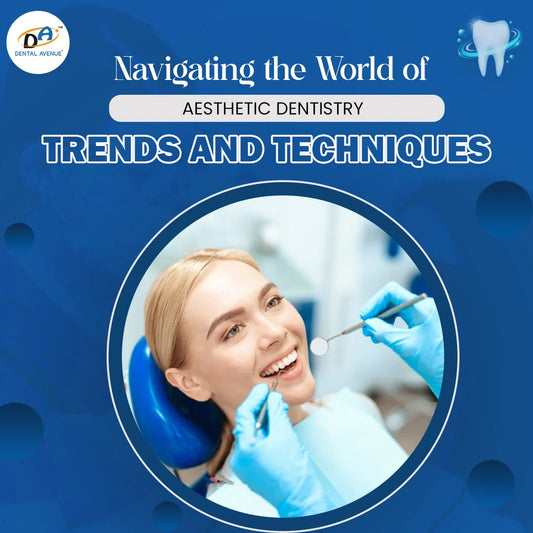The most critical materials used in restorative and prosthetic dentistry are the dental impressions.
The vital blueprint necessary to form crowns, bridges, dentures, and orthodontic appliances is made by dental impressions. The precision and predictability of these impressions have a direct influence on the fit, function, and long-term success of the dental restorations.
This exhaustive guide will explain how dental impression materials are subdivided, their types, applications, and the recent developments that would define the future of dental practice.
Clinical success and patient satisfaction rely on an understanding of these materials.
Understanding Dental Impression
The dental impression is the negative impression of the teeth and the oral tissue around them. The negative would then be used to produce the cast or model, which forms the basis of diagnosis and treatment planning and is used to fabricate dental prostheses.
In multiple clinical settings, dental impressions cannot be neglected. They enable the dentist to examine the patient's oral structure in several directions, coordinate a complicated renovation treatment, match the prosthetics to the optimum capacity, and provide comfort.
Application usually consists of dropping a very soft and malleable substance into a tray, placing a mold into use into the mouth, and letting it harden. After being separated, the impression provides an image of the whole of the oral cavity with all crannies, crevices, as well as the tiniest tips of the cusps and the most profound of sulcuses.
A good impression is the start of good restoration, and a bad impression may mean ill-fitting prostheses, patient discomfort, and remakes at a hefty cost.
Impression Materials in Dentistry
The coarse and unstable materials, such as wax, that early practitioners were working with were easy to manipulate but not equally precise for precise work.
When gutta-percha and thermoplastic materials were introduced in the 19th century, a great breakthrough had been made, though it was the invention of hydrocolloids (agar dental impression material and alginate) that truly took off.
The dental impression materials can be categorised into two main groups, namely: elastic and non-elastic.
Flexible materials, like alginate, agar, and elastomeric materials, can bend and have elastisity to spring back, so they are well-suited to capturing undercuts and fine details.
Still, non-elastic materials such as classification of impression compounds and zinc oxide eugenol are relatively rigid and stiff after setting. They are most appropriate in edentulous arches or arches in which there is no undercut.
Let’s classify impression materials used in modern dentistry:
1. Alginate (Irreversible Hydrocolloid)
Alginate can be mixed easily, is inexpensive, and is comfortable for patients requiring impressions in preliminary stages. But it will not give the dimensional stability needed in the final impressions, and should be poured immediately.
2. Agar Dental Impression Material (Reversible Hydrocolloid)
Agar, famed in its precision (and its hydrophilicity), is applied to crown and bridge work and laboratory duplication. Its thermoreversible nature allows it to transition between gel and sol states with temperature changes.
3. Elastomeric Materials
This group has polysulfide impression material, condensation silicone, addition silicone impression material (A-silicone or PVS), and polyether. Such materials are found to be highly valued in accuracy, dimensional stability, and reproduction of minute details, thus being the gold standard in restorative and prosthetic dentistry.
4. Impression Compound Composition
A rigid, thermoplastic material used in making the borders of molding and initial impressions in edentulous cases. It contains resins, waxes, plasticizers, and fillers, which provide plasticity and flow.
5. Zinc Oxide Eugenol (ZOE)
Stiff, non-elastic media are utilized in final impressions in edentulous arches. It offers good dimensional stability.ZOE is a rigid (inelastic) material that tends to fracture or tear easily if there are undercuts or thin extensions in the impression. Also, it can have side effects, especially related to eugenol, one of its active ingredients.
*Noneugenol pastes (for patients who are allergic to eugenol) contain carboxylic acids.
Ideal Properties of Impression Materials
There are several key properties that dental professionals look for when selecting an impression material:
-
Accuracy: Material should precisely record fine surface details of both soft and hard tissues and reproduce details as small as 20–25 microns for crown and bridge work.
-
Dimensional Stability: When you set the impression, the shape and size should be retained up to the pouring of the cast.
-
Elasticity: In the case of impressions with undercuts, the substance has to bend at the time of removal and bounce back without ripping or devastating. That is significant, particularly in the case of elastic materials such as alginate, agar, and elastomers.
-
Wettability: A Material’s ability to spread over and make contact with a surface, especially when that surface is moist (like oral tissues). This is especially beneficial in the use of hydrophilic materials.
-
Setting Time: This material must be placed fast enough to cause minimal discomfort to the patient, but with enough time to remember and manipulate it in a satisfactory working time.
-
Tear Strength: Must resist tearing upon removal, especially in thin interproximal areas or in regions of deep undercuts or thin areas.
-
Biocompatibility: Its content must be safe to use in the oral cavity and non-toxic and non-irritating.
-
Ease of Use: Easy mixing, processing, and clean-up have a bearing on clinical efficiency and comfort for patients.
-
Cost-effectiveness: Although it does not define a property of the material itself, affordability is a convenience factor, particularly where the procedure is of high volume.
Classification of Impression Materials
Impression materials are a fundamental concept in dentistry instruction, learning, and modules.
Alginate Impression Material
Alginate impression material is a staple in the dental office and is an irreversible hydrocolloid. It's popular for its ease of manipulation, minimal equipment requirements, cost-effectiveness, flexibility after setting, and comfort for patients. It delivers adequate accuracy when handled properly, making it ideal for routine preliminary impressions, study models, and orthodontic applications.
These impressions, once taken, cannot be stored for a long time as they are not dimensionally stable and will undergo a volumetric change based on many environmental factors like Synersis/ Imbibation, which lead to inaccuracies in dental impressions.
The latest generation of alginates allows for personalized chair times, unlike the first formulations, which improve stability over time, offer higher resolution, and enhance ease of use.
.Cesur M.G., Omurlu I.K., Ozer T. Evaluation of digital model accuracy and time-dependent deformation of alginate impressions. Niger. J. Clin. Pract. 2017;20:1175–1181. doi: 10.4103/1119-3077.197012. [DOI] [PubMed] [Google Scholar]
.Akpinar Y.Z., Yilmaz B., Tatar N., Demirtağ Z. Changing the bonding force of impression tray to edentulous maxillary jaw simulator with impression valve system: In vitro study. Niger. J. Clin. Pract. 2015;18:115–119. doi: 10.4103/1119-3077.146992. [DOI] [PubMed] [Google Scholar]
Applications
-
Introductory sceneries of study models, orthodontic appliances, mouth guard, and bleaching trays.
-
Not recommended for final impressions of crowns, bridges, or implants due to limited accuracy and stability.
Recommended Read: Learn in-depth about the uses of alginate in dentistry.
A-Silicone Impression Material
A-silicone, also known as polyvinyl siloxane (PVS), is the gold standard for final impressions in restorative and prosthetic dentistry. It offers exceptional dimensional stability, high elastic recovery, and superior detail reproduction. Modern formulations are more hydrophilic, allowing for accurate impressions even in the presence of moisture.
Advantages:
-
Excellent dimensional stability - impressions can be stored or posted before casting.
-
Elastic recovery
-
Great accuracy
-
Short setting time
-
Good tear resistance
-
Automix available
-
Hydrophilized addition silicone has good compatibility with gypsum
-
The impression can be cast multiple times without jeopardizing the details
Kumar D, Madihalli AU, Reddy KR, Rastogi N, Pradeep NT. Elastomeric impression materials: a comparison of the accuracy of multiple pours. J Contemp Dent Pract. 2011 Jul 01;12(4):272-8. [PubMed]
Applications
-
Final impressions for crowns, bridges, inlays, onlays, and implant restorations.
-
Suitable for multiple pours and delayed model casting.
-
Preferred for cases requiring high precision and stability.
|
Category |
Type |
Examples |
Characteristics / Uses |
|
1. By Elasticity |
Elastic |
- Alginate (irreversible hydrocolloid) |
Can record undercuts; used for full-arch impressions |
|
Inelastic |
- Impression compound |
Rigid; not suitable for undercuts; used for edentulous patients |
|
|
2. By Setting Reaction |
Reversible |
- Agar (reversible hydrocolloid) |
Physical (temperature change: sol ↔ gel) |
|
Irreversible |
- Alginate |
Sets by chemical reaction |
|
|
3. By Usage |
Preliminary Impression |
- Alginate |
For study models, custom trays |
|
Final Impression |
- ZOE |
For crown, bridge, and denture impressions |
|
|
Bite Registration |
- Wax |
Records occlusion |
|
|
4. By Composition |
Hydrocolloids |
- Alginate |
Water-based; easy to use |
|
Elastomers |
- Addition silicone |
High accuracy and dimensional stability |
|
|
Others |
- ZOE |
Used in specific clinical situations |
Recent Advances in Dental Impression Materials
The near constant advancement of the world of dental impression material leads to new technologies and new formulations, making the experience of the patient and the clinical results that much better. Some of the most thrilling recent developments are as follows:
Nanotechnology and Enhanced Formulations
-
Nanofiller-Enhanced Silicones: Addition of nanofillers in the polyvinyl siloxane (PVS) materials has enhanced mechanical performance, e.g., tear strength, reproduction in surface detailing.
-
Hydrophilized Addition Silicones: A-silicon has since evolved to be hydrophilic, and this has made it adaptable to moist conditions, besides enhancing the specificity when used in the presence of saliva or blood.
Hybrid Materials
-
Vinylsiloxanether (VSE): This innovative material combines the hydrophilicity of polyether impression material with the dimensional stability of PVS, offering superior penetration into the gingival sulcus and high tensile strength. VSE materials provide a balance between the best properties of their parent materials.
Fast-Setting and Patient-Friendly Options
-
Reduced Setting Times: Patients are less likely to experience discomfort, and they are also not forced to sit in the chair for as long before new formulations are set, which takes as little as two minutes.
-
Improved Taste and Texture: Pediatric and anxious patients are more accepting of flavoured and smoother materials.
Digital Impression Techniques
Intraoral scanning offers numerous benefits, including the elimination of impression materials and trays, improved clinician-laboratory communication through editable and storable digital files, and reduced risk of cross-infection due to the absence of physical models. However, it requires a costly setup, may lack accuracy in fully edentulous cases, and is limited by fluids obscuring subgingival margins. Additionally, it may not capture full occlusal details for complex prosthodontics, though it remains highly accurate for single-unit and segmental restorations.
Alginate Innovations
-
Extended-Pour and Self-Disinfecting Alginates: Newer formulations of alginate are of greater dimensional stability to permit delayed pouring and self-disinfecting with the aim of controlling infections further.
Antibacterial and Radiodense Materials
-
Filler Modifications: The addition of zinc oxide and diatomaceous earth to condensation silicones has improved wettability and dimensional stability, and introduced antibacterial properties.
Impression Material Available at Dental Avenue
Where the quality of impression materials matters, Dental Avenue is a reliable partner to dentists in India.
We have an extensive product portfolio serving an enormous scope of clinical needs.
Key Offerings
-
Alginate Impression Materials: Hydrosol, Chromosol are also widely used, and it is non-chromatic, dust-free, and highly accurate in their formulation. It’s ideal for preliminary impressions and offers excellent detail replication.
-
Elastomeric Impression Materials: Dental Avenue has a range of elastomeric impression materials, such as Avue Gum Putty, Avue Gum Light Body, Avue Gum Heavy Body, Avue Gum Medium Body <vinyl polysiloxane (A-silicone)>. The products have been valued due to accuracy, dimensional permanence, and convenience.
-
Bite Registration material along with Putty/Light Body Materials: Addition of silicone-based bite registration material, Avue Bite. Concerning the putty-wash method, the Dental Avenue provides high-viscosity putty impression materials AVUEGUM PUTTY and good low-viscosity light body, AVUEGUM LIGHT BODY, which allow achieving the best consistency and detail replication.
Dental Avenue is a leading supplier of dental impression materials due to its competitive prices, attention to quality, and pursuit of innovation. Visit Dental Avenue and explore the latest & innovative impression materials collection.
Final Takeaway
Recent developments in material science, digital technology, and hydrophilic formulations are not only making the formation of dental impressions more precise than ever before, but also more comfortable and efficient in many ways.
The ideal choice depends on the clinical situation, cost, and practitioner expertise. A thorough understanding of material properties and proper technique remains essential for achieving accurate, reliable, and patient-centered outcomes.

